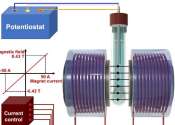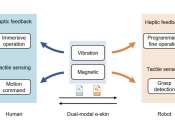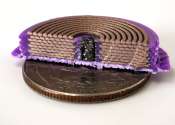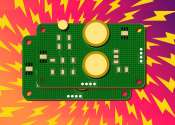A magneto-pneumatic hybrid-driven soft actuator with bidirectional torsion
The ability of the human wrist to rotate around the forearm axis in 2 directions is crucial for many daily activities. This rotation, limited to a range of approximately [-90°, 90°], restricts the wrist's capacity to execute ...
4 hours ago
0
0









